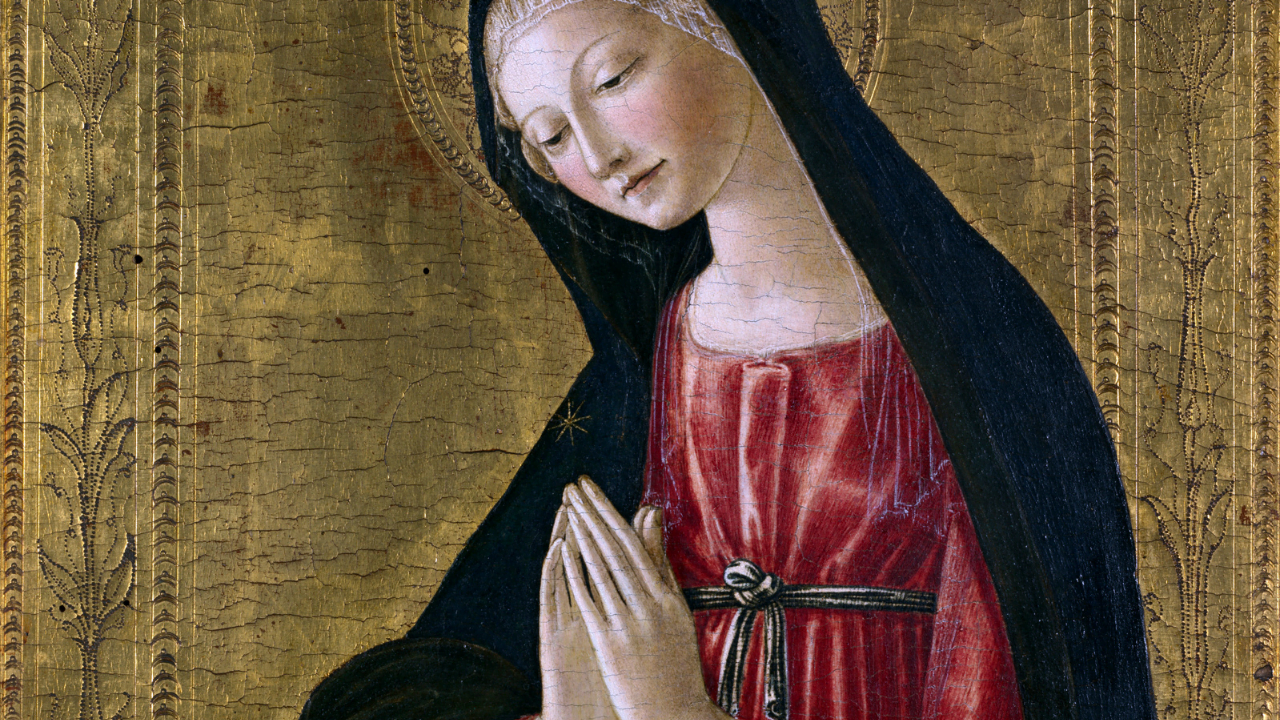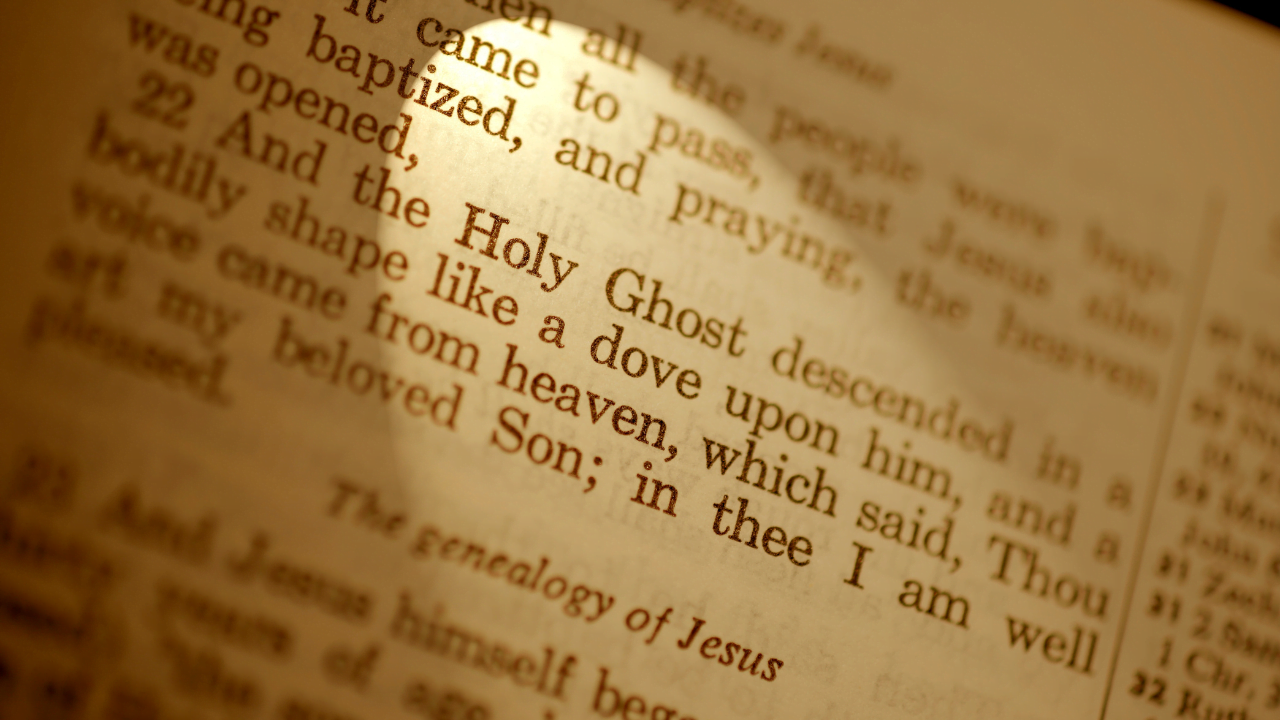No products in the cart.
The Practice of Lectio Divina with Sacred Art
This post contains paid and/or affiliate links. I make a small commission at no extra cost to you. Please see our Privacy Policy.
The ancient practice of lectio divina with sacred art. In our spiritual journey, we often seek ways to connect with the divine, to find meaning and beauty in our lives. Lectio Divina, a contemplative practice of deep listening, offers a profound way to engage with scripture and open ourselves to the voice of God.
But what if we could expand this practice and include other forms of art that touch our souls? Visual art, music, nature, and our sacred stories can all become sources of inspiration and reflection, inviting us to explore the sacred more deeply.
In this article, we will explore how lectio divina can be expanded beyond traditional scriptural texts, embracing the power of sacred art. We will delve into the essence of lectio divina, understanding its heart-centered nature and how it can transform our spiritual journey. We will also explore the four movements of lectio divina – listening, savoring, summoning, and resting – and how they create a rhythm of contemplation and prayer.
Join us as we uncover the beauty and spiritual wisdom in the practice of lectio divina with sacred art. We embark on a transformative journey through the power of scripture, beauty, and the arts, deepening our connection with the divine and experiencing spiritual growth. Let us explore the transformative power of sacred art in Lectio Divina.
The Essence of Lectio Divina
Lectio Divina, meaning sacred reading, is a contemplative practice that holds profound significance in our spiritual journey. It involves listening deeply for the voice of God within sacred texts, allowing them to speak to our hearts and illuminate our souls.
At its core, lectio divina is a heart-centered practice calling us to be fully present in each moment. Through deep listening, we expand our capacity to sense God’s presence in all aspects of life, finding solace and inspiration in the sacred words.
Christine Valters Paintner beautifully captures the essence of lectio divina, guiding us to cultivate a more pervasive experience of the holy in the everyday. With her guidance, we embark on a transformative journey of prayerful contemplation, tapping into the power of sacred texts to connect with the divine.
Through this contemplative practice, we open ourselves to the wisdom and grace contained within the sacred texts. We engage with the words, allowing them to penetrate our hearts and minds and to guide us on our spiritual path.
Lectio Divina is a prayerful immersion into the sacred texts. In this sacred dialogue, we listen deeply and respond with our hearts, connecting with the divine presence within and around us. It is an invitation to enter into a sacred communion, to surrender ourselves to the sacred texts and find solace, guidance, and transformation within their words.
As we embark on this journey of lectio divina, let us approach it with an open heart, embracing the practice to deepen our connection with the sacred and nourish our souls with the profound wisdom contained within the sacred texts. Let us embark on this contemplative listening, prayer, and transformation practice together.
The Four Movements of Lectio Divina
Lectio divina, the sacred reading, is a beautiful practice of four distinct movements, each contributing to a profound connection with the sacred. These movements are:
- Listening: In this first movement, we attune ourselves to the divine voice that echoes through the sacred texts. We listen with our hearts, opening ourselves to God’s words.
- Savoring: The second movement invites us to immerse ourselves in the sacred texts, savoring each word and phrase. We engage in a sensory experience, allowing the richness and depth of the sacred words to envelop us.
- Summoning: With this movement, we respond to the call of the Spirit to action. We reflect on the insights and wisdom from our sacred reading and consider how to bring the divine message into our daily lives.
- Resting: The final movement invites us into stillness and silence, providing space for contemplation and integration. In this moment of rest, we allow the sacred words and insights to settle within us, deepening our connection to the divine presence.
These four movements of lectio divina work harmoniously together, creating a rhythm of contemplation and prayer. Through this practice, we embark on a transformative journey that leads us closer to the sacred and nourishes our souls.
Expanding the Practice
While lectio divina traditionally centers around sacred texts, it can be expanded to encompass various artistic expressions. In addition to scripture, we can incorporate visual art, music, nature, and life experiences into the practice. By exploring these diverse forms of expression, Lectio Divina becomes a more expansive and inclusive spiritual journey.
Visual Art
Visual art has a unique power to evoke emotions and spark contemplation. By immersing ourselves in paintings, sculptures, or other visual creations, we can enter into a deeper conversation with the Divine. The artwork’s colors, shapes, and symbolism can speak to our souls and invite us to reflect on our spiritual journey.
Music
The universal language of music can touch our hearts and uplift our spirits. By selecting meaningful melodies or sacred chants, we can integrate the transformative power of sound into our lectio divina practice. Listening deeply to the music, allowing the harmonies and rhythms to resonate within us, we open ourselves to a rich source of inspiration and contemplation.
Nature
Connecting with nature is a profound way to encounter the sacred. The beauty of the natural world, from a blooming flower to a majestic mountain, offers an opportunity to witness the Divine in action. By immersing ourselves in nature’s sights, sounds, and textures, we can enter into a conversation with the Creator and deepen our understanding of the interconnectedness of all life.
Life Experience
Our own life experiences, both joyful and challenging, carry insights and wisdom that can enrich our lectio divina practice. By reflecting on significant moments, relationships, or personal transformations, we open ourselves to a deeper understanding of ourselves and the Divine. Drawing from our own stories allows us to bring the fullness of our humanity into conversation with the sacred.
By expanding the practice of lectio divina to include visual art, music, nature, and life experiences, we embark on a journey of exploration and discovery. These diverse forms of expression deepen our connection with the sacred, allowing for a more expansive and transformative spiritual experience.
Benefits of Practicing Lectio Divina
Engaging in lectio divina offers many benefits that contribute to our spiritual growth and personal well-being. Through the contemplative nature of this practice, we can deepen our connection with God, cultivate mindfulness, gain insight into ourselves and the world around us, and experience the transformative power of sacred art.
Contemplation and Connection with God
Lectio divina provides a space for contemplation, allowing us to quiet our minds and open our hearts to listen to the voice of God. As we engage with sacred texts and other art forms, we connect directly with the divine, deepening our spiritual relationship and fostering a sense of profound peace and connection.
Mindfulness and Insight
By practicing lectio divina, we develop mindfulness, heightened awareness, and presence in the present moment. This practice encourages us to pause, reflect, and truly immerse ourselves in the text or art, enabling us to gain valuable insight into ourselves and our surroundings. This deepened awareness allows us to navigate life with greater clarity and purpose.
Spiritual Growth
Engaging in lectio divina is a transformative journey that nurtures our spiritual growth. Regularly immersing ourselves in sacred texts and art creates a container for our souls to expand, evolve, and flourish. This practice invites us to explore the depths of our spiritual being, fostering a deeper connection with the divine and igniting a thirst for continuous growth and transformation.
A Framework for Exploring the Sacred
Lectio Divina provides a structured framework to explore the sacred daily. It allows us to infuse our daily routines, experiences, and interactions with intentional mindfulness and reverence. This practice invites us to recognize the divine presence in the ordinary and find beauty, significance, and spiritual sustenance in even the smallest moments of our lives.
By engaging in lectio divina, we embark on a journey of contemplation, connection with God, mindfulness, insight, and spiritual growth. This transformative practice allows us to deepen our relationship with the sacred and experience sacred art’s profound wisdom and beauty.
How to Engage in Lectio Divina with Sacred Art
Engaging in lectio divina with sacred art is a meaningful and transformative process. Following a step-by-step approach, we can deepen our spiritual journey and experience the power of prayerful engagement with art. Here are the key steps to engage in lectio divina with sacred art:
- You can choose a piece of art: Begin by choosing a piece of art that resonates with you. It could be a painting, sculpture, photograph, or other visual art form. Allow your intuition to guide you in selecting art that speaks to your heart and soul.
- Listen: Once you have chosen the art, take a moment to quiet your mind and open your heart. Look at the artwork and listen deeply to what it is expressing. Notice the shapes, colors, textures, and overall composition. Allow the art to speak to you and draw you into its sacred message.
- Savor: After listening, take time to savor the art. Engage your senses fully and immerse yourself in the visual experience. Notice the fine details, the brushstrokes, and the emotions the art evokes. As you savor the art, let it resonate within you and create a space for reflection and contemplation.
- Summon: As you deepen your connection with the art, allow it to summon a response from within you. This could be a thought, a feeling, or a prayer. Let the art ignite something in your soul and invite you to dialogue with the sacred. Offer your thoughts, emotions, and intentions to the divine presence that the art represents.
- Rest: Finally, take a moment to rest in the presence of the art. Allow yourself to be still and silent, absorbing the energy and insights that have emerged through the process. Rest in the beauty and sacredness of the art, allowing it to nourish your spirit and deepen your connection with the divine.
Engaging in lectio divina with sacred art is a powerful way to integrate prayer and visual contemplation. It allows us to explore the depths of our spirituality, connecting with the sacred through the beauty and symbolism of art. By embracing this process, we embark on a transformative journey of prayer, reflection, and personal growth.
The Power of Sacred Art in Lectio Divina
Sacred art holds the remarkable power to inspire and deepen our contemplation. Its visual imagery provides a unique avenue through which we can connect with the sacred and evoke profound emotional responses. When incorporated into the practice of lectio divina, sacred art enables us to tap into the transformative power of visual expression, forging a deep and meaningful connection with the divine.
Through sacred art, we find inspiration that fuels our spiritual journey, guiding us toward a greater understanding of ourselves and the world around us. The captivating imagery portrayed in sacred art serves as a visual narrative, inviting us to enter a contemplative space with boundaries between the mundane and the sacred blur. As we engage with these artistic representations, we are transported to a realm that transcends mere words, allowing us to experience the divine profoundly and personally.
Contemplation Enhanced by Visual Imagery
- The vivid colors and intricate details of sacred art invite us to contemplate the mysteries of faith and spirituality, expanding our perception beyond the limits of language.
- The visual symbolism in sacred art holds layers of meaning, enabling us to delve deeper into our spiritual journey and connect with universal truths.
- Through the interplay of light and shadow, sacred art creates an atmosphere of mystery and awe, evoking a sense of reverence and wonder within us.
An Emotional Connection with the Divine
- Sacred art can evoke various emotions, stirring our souls and enabling us to forge a deeper emotional connection with the divine.
- Whether through the depiction of Christ’s compassion, the serenity of a peaceful landscape, or the intensity of a religious scene, sacred art touches our hearts and elicits a profound response.
- These emotional connections foster a sense of intimacy with the divine, allowing us to approach our practice of lectio divina with heightened sensitivity and receptiveness.
By incorporating sacred art into our practice of lectio divina, we open ourselves to a realm of inspiration, contemplation, visual imagery, and emotional connection that transcends words alone. The power of sacred art enhances our contemplative journey, enabling us to explore the depths of our spirituality and forge a profound connection with the divine.
Conclusion
The practice of lectio divina with sacred art offers a transformative spiritual journey. Individuals can deepen their connection with the sacred by expanding the practice to include visual art, music, nature, and life experiences. Engaging in the four movements of lectio divina allows for a more profound experience of contemplation and prayer. Through the power of sacred art, individuals can embark on a transformative journey of spiritual growth and connection with the divine.
Lectio Divina, meaning sacred reading, is a contemplative practice that invites us to listen deeply to the voice of God in sacred texts and beyond. By incorporating visual art, music, nature, and life experiences, we open ourselves to a broader understanding of the sacred. Through the four movements of listening, savoring, summoning, and resting, we engage in a rhythmic process of deepening our connection with the divine.
The inclusion of sacred art in Lectio Divina provides inspiration, contemplation, and emotional connection. The visual imagery present in art evokes a unique and decisive response, opening doors within our hearts and souls. By integrating sacred art into lectio divina, we tap into the transformative power of visual expression and create a meaningful dialogue with the divine.
FAQ
What is lectio divina?
Lectio Divina is a contemplative practice of sacred reading. It involves listening deeply for the voice of God in sacred texts and expanding one’s capacity to sense God’s presence in all aspects of life.
What are the four movements of lectio divina?
The four movements of lectio divina are listening, savoring, summoning, and resting. Each movement is a step in deepening one’s connection to the sacred.
Can lectio divina be expanded beyond traditional scriptural texts?
Yes, lectio divina can be expanded to include other forms of art, such as visual art and music, as well as nature and life experiences. This allows for a deeper exploration of the sacred in various forms.
What are the benefits of practicing lectio divina?
Practicing lectio divina allows for contemplation and a deep connection with God. It cultivates mindfulness, promotes spiritual growth, and provides a framework for exploring the sacred in everyday life.
How do I engage in lectio divina with sacred art?
Engaging in lectio divina with sacred art involves a step-by-step process. Begin by selecting a piece of art that resonates with you, then follow the four movements of lectio divina: listening, savoring, summoning, and resting.
What is the power of sacred art in Lectio divina?
Sacred art has the power to inspire and deepen contemplation. It uniquely connects with the sacred and evokes emotional responses, allowing for a profound and meaningful engagement with the divine.













